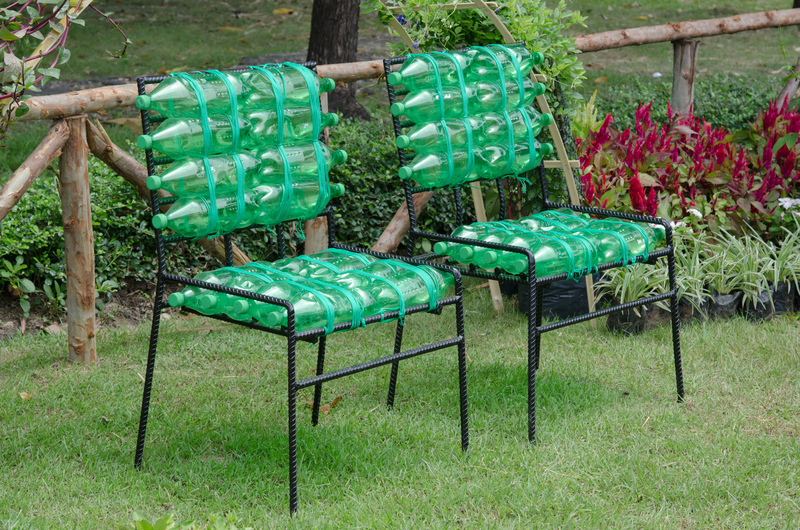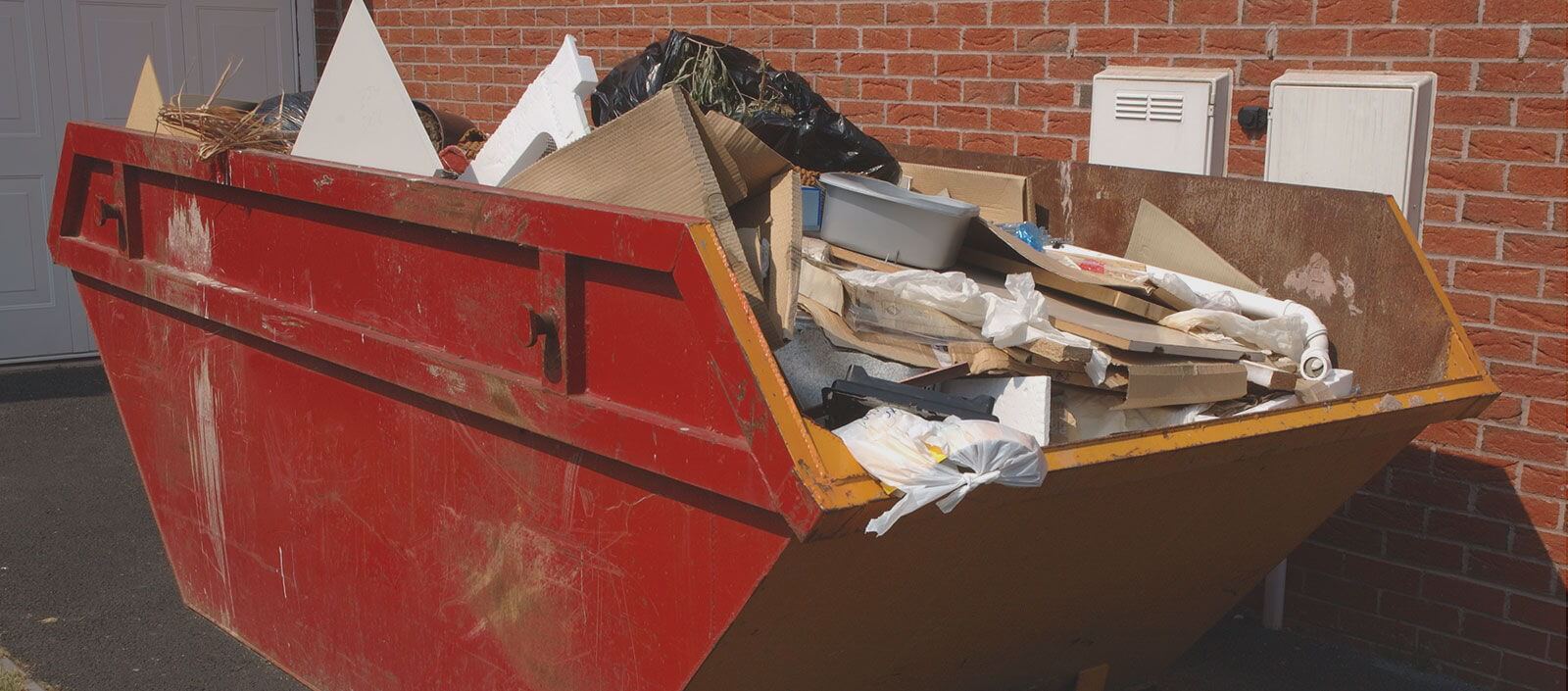Sustainable Gardening Practices - Reduce Waste and Promote Biodiversity
Posted on 17/09/2024

In today's world, where environmental degradation is a pressing concern, it has become crucial to adopt sustainable practices in every aspect of our lives. This also includes our gardening methods. Traditional gardening practices often involve the use of harmful chemicals, excessive water consumption, and wastage of resources, leading to negative impacts on the environment. However, by implementing sustainable gardening practices, we can reduce waste and promote biodiversity in our gardens, contributing towards a healthier and greener planet.
What is Sustainable Gardening?
Sustainable gardening is an approach that involves using gardening techniques that are environmentally responsible, conserve natural resources, and support plant and animal life. It focuses on creating a balanced and self-sustaining ecosystem in the garden while minimizing the impact on the environment. Sustainable gardening aims to reduce waste production, promote biodiversity, and preserve the earth's natural resources for future generations.
Reduce Waste in Gardening
Traditional gardening methods often lead to the generation of a significant amount of waste, including food scraps, lawn clippings, and other organic materials. This waste ends up in landfills where it breaks down anaerobically and releases methane gas, a potent greenhouse gas that contributes to climate change. However, with sustainable gardening practices such as composting and mulching, we can reduce this waste and turn it into valuable nutrients for our plants.
Composting involves collecting kitchen scraps and garden waste such as leaves, grass clippings, and twigs in a compost bin or pile. These organic materials decompose at their own pace and create nutrient-rich compost that can be used as fertilizer for plants. This not only reduces the amount of waste sent to landfills but also eliminates the need for harmful chemical fertilizers.
Mulching is another effective way to reduce waste in gardening. It involves covering the soil around plants with a layer of organic material such as leaves or grass clippings. This helps retain moisture in the soil, suppresses weed growth, and adds nutrients to the soil as it breaks down. Mulching also helps prevent erosion and compaction of the soil, making it an essential practice for sustainable gardening.
Promote Biodiversity in Gardening
Biodiversity refers to the variety of plant and animal life in a particular ecosystem. In traditional gardening, plants are often grown in monocultures, which means only one type of plant is grown in a specific area. This leads to a lack of biodiversity, which can have adverse effects on the environment. However, sustainable gardening practices focus on creating a diverse and balanced garden ecosystem by incorporating a variety of plants that attract pollinators, beneficial insects, and birds.
Planting native species is crucial for promoting biodiversity in gardening. These plants are well-adapted to the local climate conditions and provide food and shelter for local wildlife. They also require less watering and maintenance compared to non-native species. By promoting biodiversity through sustainable gardening practices, we can help preserve the delicate balance of our ecosystems and support the survival of a wide range of plant and animal species.
Pros and Cons of Sustainable Gardening
Like any other approach, sustainable gardening also has its pros and cons. Let's take a look at some of them.
Pros:
- Reduces waste production
- Helps conserve natural resources
- Promotes biodiversity
- Creates a healthier ecosystem
- Improves soil health
- Eliminates the need for harmful chemicals
- Saves money on fertilizers and pesticides
Cons:
- Requires more time and effort compared to traditional gardening methods
- May not produce immediate results
- Limited availability of certain native plant species
- May face resistance from neighbors or community members accustomed to traditional gardening practices
Tips for Implementing Sustainable Gardening Practices
1. Start small: If you're new to sustainable gardening, start with a small area first instead of taking on your whole garden at once. This will help you understand the techniques better and see if they work for you.
2. Use organic methods: Avoid using chemical fertilizers, herbicides, and pesticides in your garden. Instead, opt for organic alternatives or natural pest control methods such as companion planting.
3. Conserve water: Water is a precious resource, and using excessive amounts in gardening can lead to wastage. Use methods such as drip irrigation or collecting rainwater to water your plants.
4. Go native: Incorporate native plants into your garden as much as possible. They are better adapted to the local climate and require less maintenance and resources.
5. Encourage wildlife: Create habitats for pollinators and beneficial insects by adding birdhouses, bat boxes, and bee hotels to your garden.
Takeaways
Sustainable gardening involves using eco-friendly practices that reduce waste production, promote biodiversity, and support a healthy ecosystem. By implementing these practices, we can contribute towards a greener planet while also creating a beautiful and productive garden.
Conclusion
In conclusion, sustainable gardening practices play a crucial role in reducing our impact on the environment. By reducing waste and promoting biodiversity in our gardens, we can help create a healthier ecosystem for all living beings. So let's take the necessary steps towards more sustainable gardening methods and make a positive impact on our planet today!






